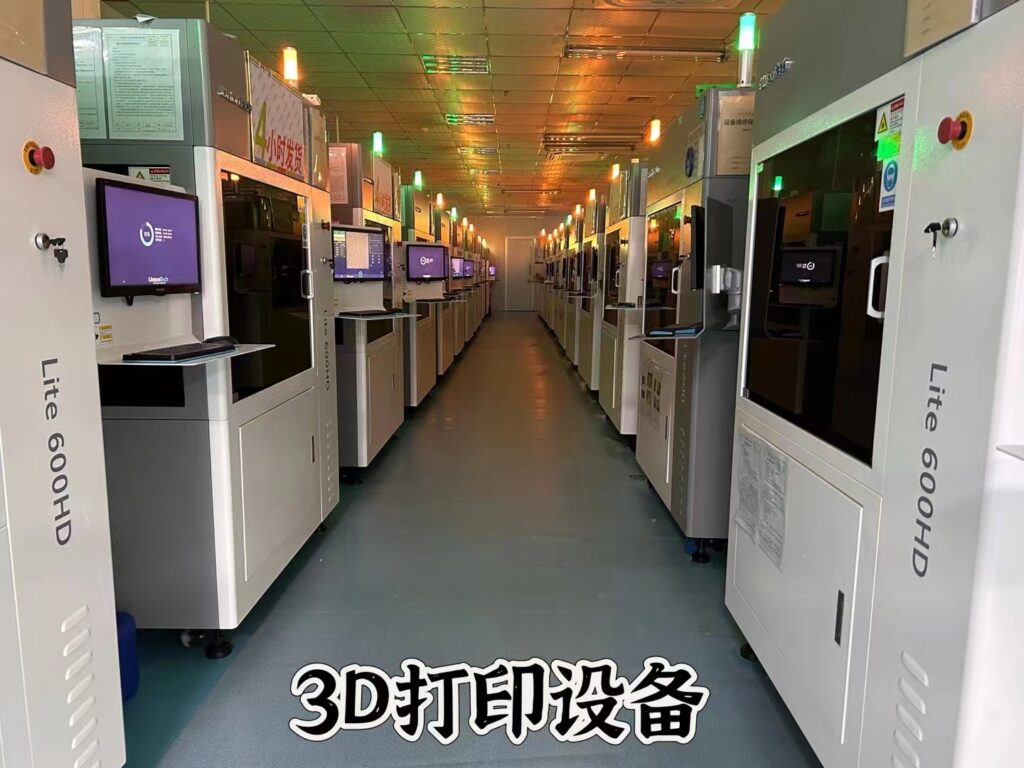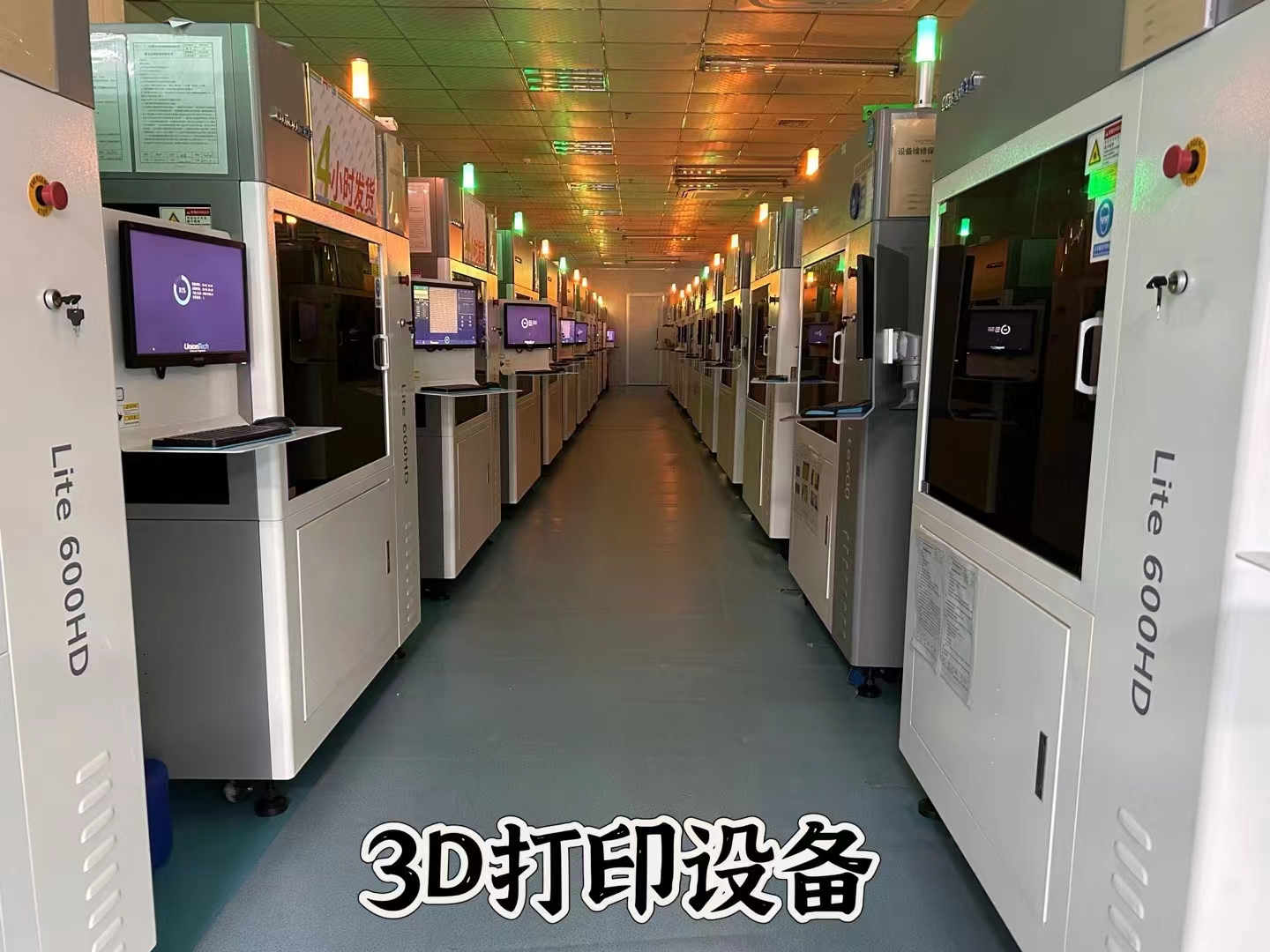Many customers are unsure whether to go for CNC or 3D printing when it comes to making prototype models. Rilong precision mold will provide a comprehensive analysis for everyone, hoping to be of help to you.
There are differences in cost, material, and accuracy. The following is a specific analysis:
Cost
CNC: CNC machining is usually better suited for mass production, as its unit cost decreases as production volume increases. For complex part machining, CNC may require longer machining time, which increases the cost.
3D printing: For small-batch production or models with complex geometric structures, 3D printing is often more cost-effective. Additionally, 3D printing can start from a digital model directly, reducing the additional costs of tools or molds.
Material
CNC: CNC can handle a variety of materials, including metals (such as aluminum and stainless steel), plastics (such as ABS and acrylic), and other synthetic materials. This provides a wide range of options for hand models that require specific physical or mechanical properties.
3D printing: While the material options for 3D printing are also increasing, the most common materials are still primarily plastic, resin, and some special 3D-printing metals. For situations where special materials are needed, 3D printing may be limited.
Accuracy
CNC: CNC machining is widely used in the demanding aerospace, automotive, and medical equipment manufacturing industries due to its high precision. With specialized equipment and technology, CNC can produce precision parts with micron-level tolerances.
3D printing: While modern 3D printing technology is becoming increasingly precise, it usually cannot reach the precision level of CNC. However, for most prototype design work, the precision of 3D printing is already sufficient.
Design Flexibility
CNC: CNC machining is more suitable for functional testing or parts that require a certain level of mechanical strength. It can produce sturdy and durable prototype models.
3D printing: 3D printing allows for greater design freedom, enabling easy creation of complex or organic-shaped models, which is particularly advantageous for concept validation and aesthetic testing.
Speed
CNC: The delivery time for CNC processing depends on the complexity and quantity of the prototype. For large quantities or particularly complex parts, CNC may require a relatively longer processing time.
3D printing: In general, 3D printing is faster than CNC machining, especially in low-volume production and complex design scenarios. Some 3D printing services can deliver finished products within 24 hours.
Strength
CNC: Since CNC machining can use various metal materials, the prototype made by it usually has higher strength and durability, suitable for functional testing and even small-scale industrial applications.
3D printing: 3D-printed prototype parts may not be as strong as CNC-machined metal prototype parts in terms of load-bearing capacity, but for most testing purposes, their strength is sufficient.
To meet your further selection requirements, the following suggestions may be of help:
If your project budget is limited and the design is complex, we recommend considering 3D printing.
If the prototype requires functional testing or has physical requirements such as load-bearing, CNC machining may be more suitable.
Taking into account material selection, if the project has specific requirements for materials, such as needing metal, the choices available through CNC machining will be more extensive.
If high strength and durability requirements are placed on the prototype, CNC machining is a better choice;
Finally, if the project is urgent and you need to quickly get a finished product for evaluation, you may consider using 3D printing services.
In summary, CNC machining performs better in terms of precision, material range, and the preparation of functional prototype parts, while 3D printing has advantages in cost-effectiveness, design freedom, and rapid prototyping. Based on your specific needs – whether you need complex geometric designs, the type of material, precision requirements, budget constraints, and delivery time – you can make a more suitable choice.




